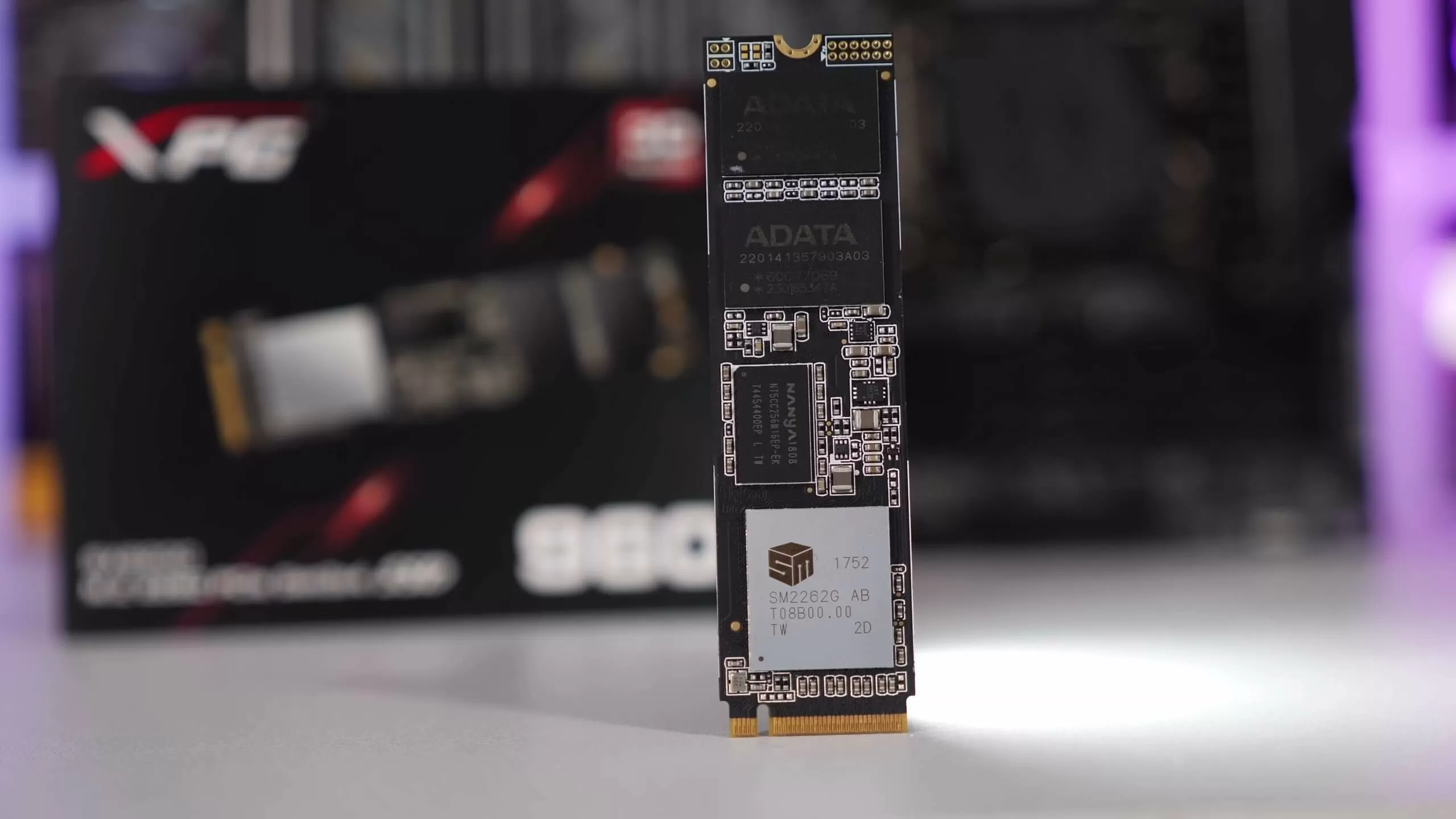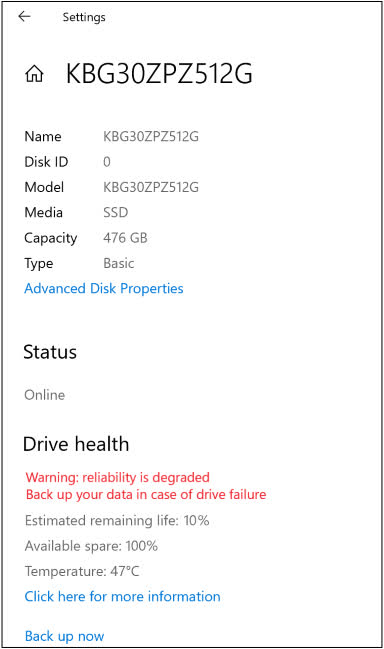In brief: Do you worry that your NVMe SSD might suddenly up and die on you? In the latest Insider Preview Build of Windows 10, the OS will alert you of your drive's health, including its estimated remaining life.

Windows10 Build 20266, which is now available to Windows Insiders in the Dev Channel, introduces storage health monitoring designed to inform users of any abnormalities in their NVMe solid-state drive, giving them time to back up their data before it's potentially lost forever.
In addition to detecting issues, the feature will show the drive's estimated remaining life, available space, and its temperature.
Notifications will arrive when spare storage capacity is low, the SSD's reliability is degraded due to "significant media-related errors or an internal error to the NVM subsystem," or if the drive is set to read-only.
"It is strongly recommended that users immediately back up their data after receiving a notification," writes Microsoft.
Users who receive an alert can click on the message or go to Start > Settings > System > Storage > Manage disks and volumes > Properties to get more details about the drive and the detected issues.
The feature only works with NVMe SSDs right now. Microsoft doesn't say whether it will eventually cover SATA SSDs or hard disk drives.
Elsewhere in Build 20266, a new settings page has been added to the Your Phone app, allowing users to add, remove, and switch devices easily within the application. There's also a change that will turn off theme syncing, along with other bug fixes and improvements.
https://www.techspot.com/news/86947-new-windows-10-feature-alerts-users-if-their.html

